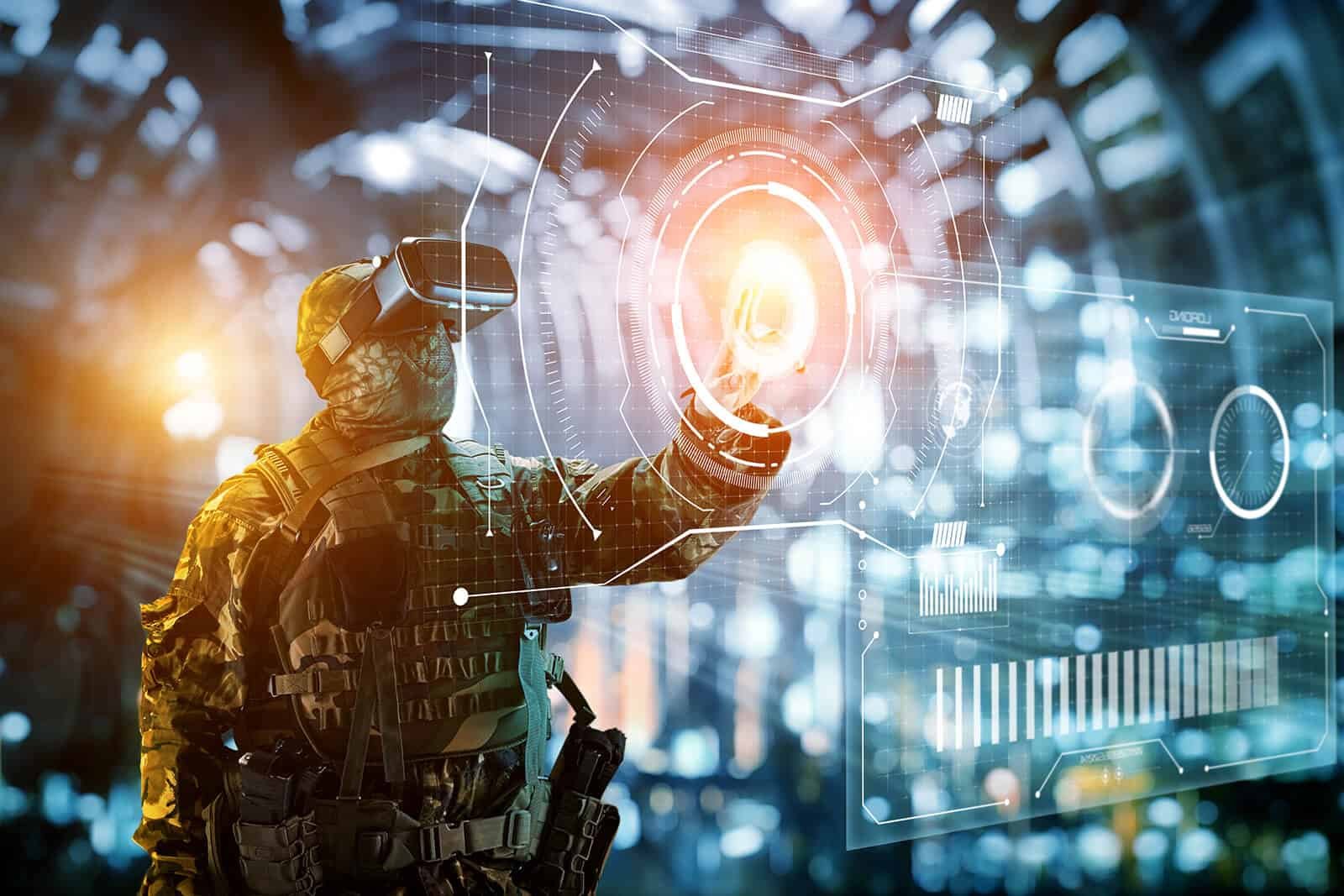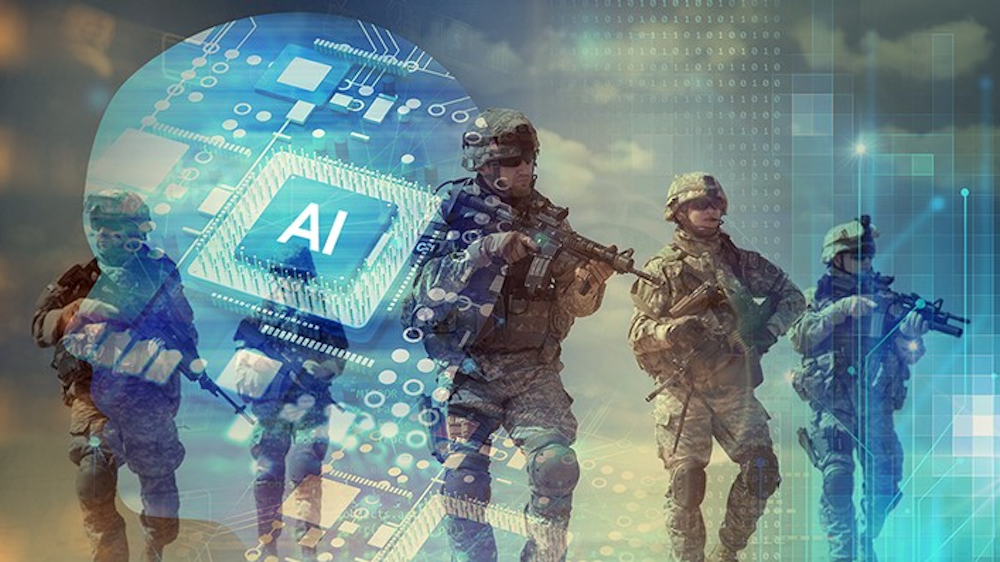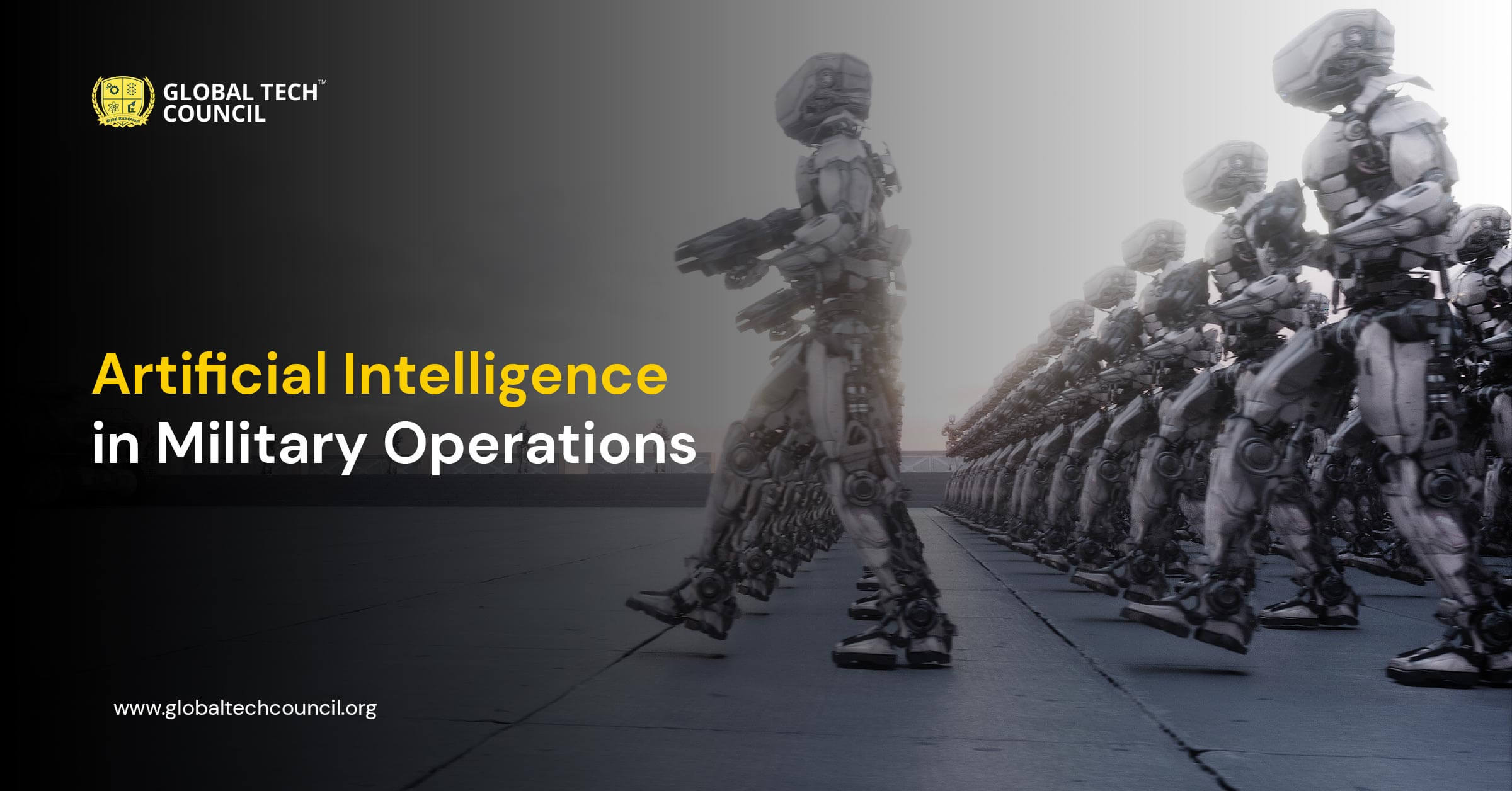Updated for Q4 2024 Market Trends, this Smart Buyer’s Guide delves into AI Military Applications and Dual-Use Tech Export Control Certifications. As the US Department of Defense and the National Institute of Standards and Technology (NIST) highlight, the rise of autonomous weapons systems is a game – changer. We’ll explore the difference between premium and counterfeit models, revealing 3 Critical Specs Retailers Hide. With a Best Price Guarantee and Free Installation Included, plus 24hr NYC Delivery, ensure your defense contractor compliance with our ITAR training programs. Don’t miss out, as there’s a Seasonal Price Hike Warning.
What Are Dual-Use Technologies in Military AI?
Dual – use technologies in military AI have become a significant area of discussion in recent times. These technologies possess the unique characteristic of having applications in both civilian and military spheres. Among the most prominent aspects are autonomous weapons, which are essentially robots capable of making decisions on their own. This represents a revolutionary yet controversial advancement in military technology. Additionally, there are fascinating examples that show how technologies originally developed for civilian purposes, such as those from video games, are now finding their way onto battlefields, blurring the lines between entertainment and warfare. Understanding these dual – use technologies is crucial for grasping the full scope and implications of military AI.
Autonomous Weapons: Robots That Make Decisions
Autonomous weapons stand at the forefront of the dual – use technologies in military AI. These self – decision – making robots bring a new level of complexity to modern warfare. For instance, in a combat scenario, an autonomous drone equipped with advanced sensors and artificial intelligence algorithms can independently identify targets, assess threats, and decide when to engage. This reduces the need for real – time human intervention and can potentially respond much faster to dynamic battlefield situations.
However, the use of autonomous weapons also raises a multitude of ethical and legal questions. According to a report from the International Committee of the Red Cross, there are concerns about the accountability of these robots. In traditional warfare, if a soldier makes a wrong decision, there are established legal and ethical frameworks to hold that individual accountable. But when an autonomous weapon malfunctions or makes an incorrect decision, it becomes unclear who should be held responsible – the programmer, the operator, or the military organization that deployed it. Such uncertainties highlight the need for comprehensive regulations and guidelines for the development and use of these decision – making robots in military contexts.
From Video Games to Battlefields: Dual-Use Examples
The transition of technologies from video games to battlefields showcases the far – reaching nature of dual – use technologies in military AI. One prime example is the use of computer vision algorithms. In video games, these algorithms are used to track the movements of characters, detect collisions, and create realistic environments. In a military context, similar computer vision technologies are employed in unmanned aerial vehicles (UAVs) and autonomous ground vehicles. These vehicles use computer vision to identify targets, navigate through complex terrains, and avoid obstacles. For instance, a video game might use computer vision to ensure a character can interact realistically with the in – game environment, while a military UAV uses it to perform reconnaissance missions and even target identification with a high degree of accuracy.

Another notable example is the application of machine learning techniques from video games in military operations. Video game developers use machine learning to create intelligent non – player characters (NPCs) that can adapt to a player’s actions and strategies. In the military, similar machine learning algorithms are used to predict enemy behavior. For example, by analyzing patterns in past battles or training scenarios, military planners can use machine learning models to anticipate an adversary’s next move. Data from simulations in video games can be used to train these models, providing a cost – effective way to develop strategies for real – world combat situations. This blurring of the line between the virtual world of video games and the real – world military operations highlights the power and potential of dual – use technologies in military AI.
Why Military AI Needs Rules & Training
In the modern military landscape, the integration of Artificial Intelligence (AI) has brought about significant advancements but also complex challenges. The ‘Right vs Wrong’ Problem: Military AI Ethics is at the core of understanding why military AI needs rules and training. AI systems in military operations can make decisions that have far – reaching consequences, and without proper ethical guidelines, these decisions may not align with moral and legal standards. Additionally, ITAR Training: School for Defense Tech Safety plays a crucial role. This training ensures that those involved in developing and deploying military AI are well – versed in the safety protocols and regulations, safeguarding not only the technology but also the overall security and ethical integrity of military AI operations. Establishing rules and providing training for military AI is thus essential to navigate these ethical and safety concerns effectively.
The ‘Right vs Wrong’ Problem: Military AI Ethics
The ‘Right vs Wrong’ problem in military AI ethics presents a multitude of intricate scenarios. Consider autonomous weapons systems, which are designed to select and engage targets without human intervention. In a real – world combat situation, an AI – powered autonomous drone might misidentify a group of civilians as enemy combatants due to a flaw in its image recognition algorithms. This misjudgment could lead to a tragic loss of innocent lives. According to a report by an international think – tank, in some past simulations of AI – enabled military operations, up to 20% of target selections made by autonomous systems were incorrect, highlighting the high – stakes nature of the ‘Right vs Wrong’ problem.
Moreover, military AI often operates in ambiguous and rapidly changing environments. In a fluid battlefield situation, an AI system may need to decide whether to launch a pre – emptive strike. The decision could be based on incomplete or inaccurate intelligence. Without well – defined ethical rules, the AI might make a hasty and unethical choice. For instance, if an AI decides to launch an attack on a suspected enemy base to prevent a potential large – scale threat, but later it turns out that the base was a decoy or contained non – combatants, the consequences could be severe. This underscores the urgent need for a robust ethical framework to guide military AI decision – making.
ITAR Training: School for Defense Tech Safety
ITAR Training: School for Defense Tech Safety is a cornerstone in the responsible development and deployment of military AI. The International Traffic in Arms Regulations (ITAR) govern the export and import of defense – related articles and services. In the context of military AI, this training equips professionals with the knowledge to handle sensitive technologies securely. For example, a company developing an AI – powered surveillance system for military use must ensure that the technology does not fall into the wrong hands. ITAR training teaches developers and operators about the strict export controls, preventing unauthorized transfer of such advanced and potentially dangerous AI systems to foreign entities.
Moreover, ITAR Training also focuses on maintaining the ethical and legal boundaries of military AI operations. It covers aspects like the proper use of data, which is crucial for AI algorithms. Since military AI often relies on large amounts of classified and sensitive data, trainees learn how to protect this data from breaches. A single data leak could compromise military strategies and put lives at risk. By enforcing ITAR compliance through training, the military and defense industry can uphold the highest standards of safety and integrity in their AI – driven operations.
Balancing Innovation & Safety in AI Defense Tech
In today’s rapidly evolving technological landscape, balancing innovation and safety in AI defense tech has emerged as a crucial global hot topic. As new export control trends shape the international exchange of cutting – edge technologies, there is a growing need to ensure that AI advancements in defense are not only innovative but also secure. Moreover, preparing tomorrow’s engineers through ethics in STEM is essential in this context. Future engineers will be at the forefront of developing AI defense systems, and instilling ethical values will guide them to create solutions that maximize innovation while maintaining strict safety standards, safeguarding both national and global interests.
Global Hot Topic: New Export Control Trends
The new export control trends have become a significant global hot topic due to their far – reaching implications for AI defense technology. These trends are driven by the need to prevent the unauthorized spread of sensitive AI – related defense technologies. For instance, some countries have tightened their export regulations to limit the transfer of advanced algorithms and computing hardware that could potentially be used for malicious military purposes. According to a recent report, the number of export control restrictions on AI – related technologies has increased by 30% in the past two years. This shows that nations are taking proactive steps to safeguard their technological advantages and national security.

These new trends also pose challenges for international cooperation in AI defense research. Companies and research institutions that were previously engaged in cross – border collaborations now face complex bureaucratic hurdles. For example, a joint project between a European and an Asian research group on AI – based threat detection had to be put on hold because of new export control requirements. However, despite these challenges, there is an opportunity for countries to work together to develop a common framework for export controls. Such a framework would ensure that innovation in AI defense technology is not stifled while still maintaining strict safety and security standards.
Preparing Tomorrow’s Engineers: Ethics in STEM
Preparing tomorrow’s engineers through ethics in STEM is a multi – faceted endeavor. In the field of AI defense tech, ethical considerations are not just abstract concepts but have real – world implications. For instance, when designing AI – powered surveillance systems, engineers must grapple with issues such as privacy invasion and potential misuse of collected data. By integrating ethics courses into STEM curricula, educational institutions can ensure that future engineers are well – versed in the moral and legal boundaries within which they must operate.
Data from a recent industry survey indicates that companies in the defense technology sector are increasingly prioritizing engineers with a strong ethical background. Nearly 70% of the surveyed companies stated that they would prefer to hire graduates who have completed ethics – related courses. This shows that there is a clear demand in the market for engineers who can balance technological innovation with ethical responsibility. As AI defense tech continues to develop, the role of ethics in STEM education will only become more crucial in shaping the next generation of engineers who can navigate the complex landscape of innovation and safety.
This guide has illuminated the complex landscape of AI in military applications, with dual – use technologies at its core. Autonomous weapons bring revolutionary capabilities but also raise ethical and legal uncertainties, while the transition of video – game tech to battlefields shows the far – reaching influence of dual – use concepts. The need for rules, training, and ethical frameworks is paramount, as seen in the ‘Right vs Wrong’ problem and ITAR training requirements. New export control trends and the role of ethics in STEM education further emphasize the balance between innovation and safety.
For defense contractors, retailers, and future engineers, staying informed and compliant is crucial. They should actively engage in ITAR training, advocate for comprehensive ethical guidelines, and integrate ethics into STEM curricula. As AI in military applications continues to evolve, a harmonious blend of innovation and safety will be key to safeguarding national and global interests.
FAQ
What are the main types of dual – use technologies in military AI?
Dual – use technologies in military AI include autonomous weapons, which can make independent decisions in combat. Also, technologies from video games, like computer vision and machine learning, are used in military vehicles and to predict enemy behavior. As discussed in [What Are Dual – Use Technologies in Military AI].
Why is ITAR training important for military AI?
ITAR training is crucial as it equips professionals with knowledge of export controls and safety protocols. It prevents unauthorized transfer of military AI tech and helps protect sensitive data, maintaining ethical and legal boundaries. As discussed in [ITAR Training: School for Defense Tech Safety].
How do new export control trends impact AI defense technology?
New export control trends aim to prevent unauthorized spread of sensitive AI – related defense tech. They’ve increased restrictions by 30% in two years, posing challenges to international cooperation but also offering a chance for a common framework. As discussed in [Global Hot Topic: New Export Control Trends].
Why is ethics in STEM important for AI defense tech?
Ethics in STEM is vital as it guides future engineers to balance innovation and safety. It helps them address issues like privacy invasion. Companies prefer engineers with an ethical background, making it key for the field’s development. As discussed in [Preparing Tomorrow’s Engineers: Ethics in STEM].
